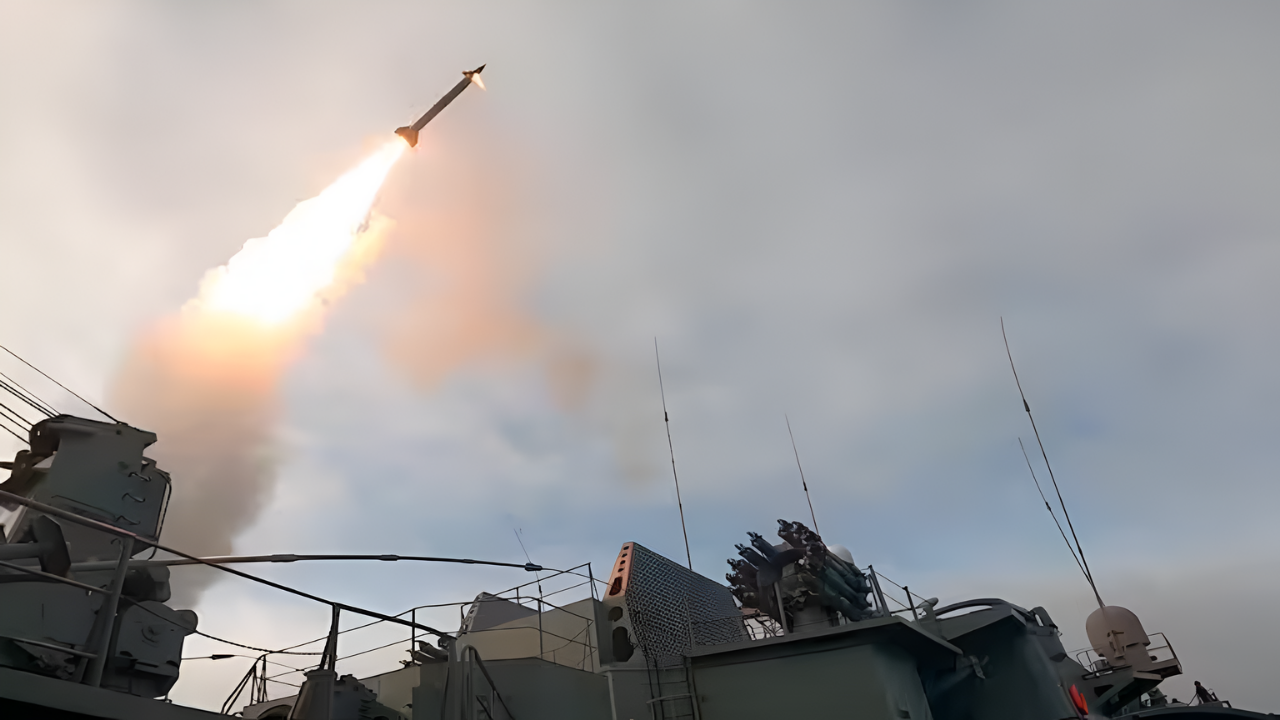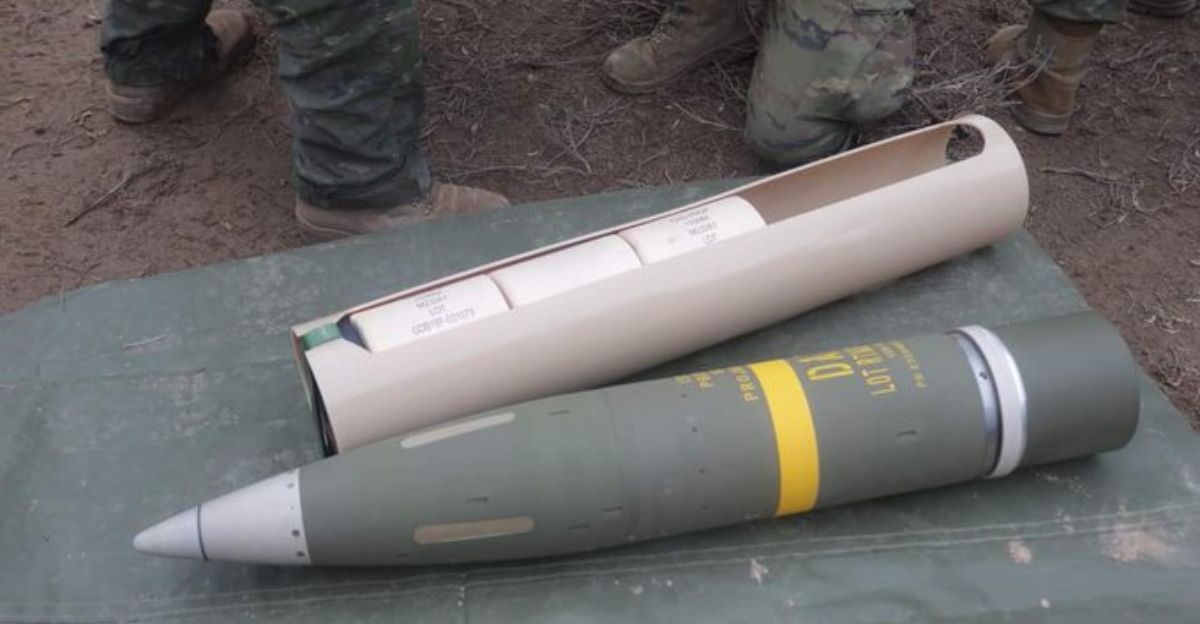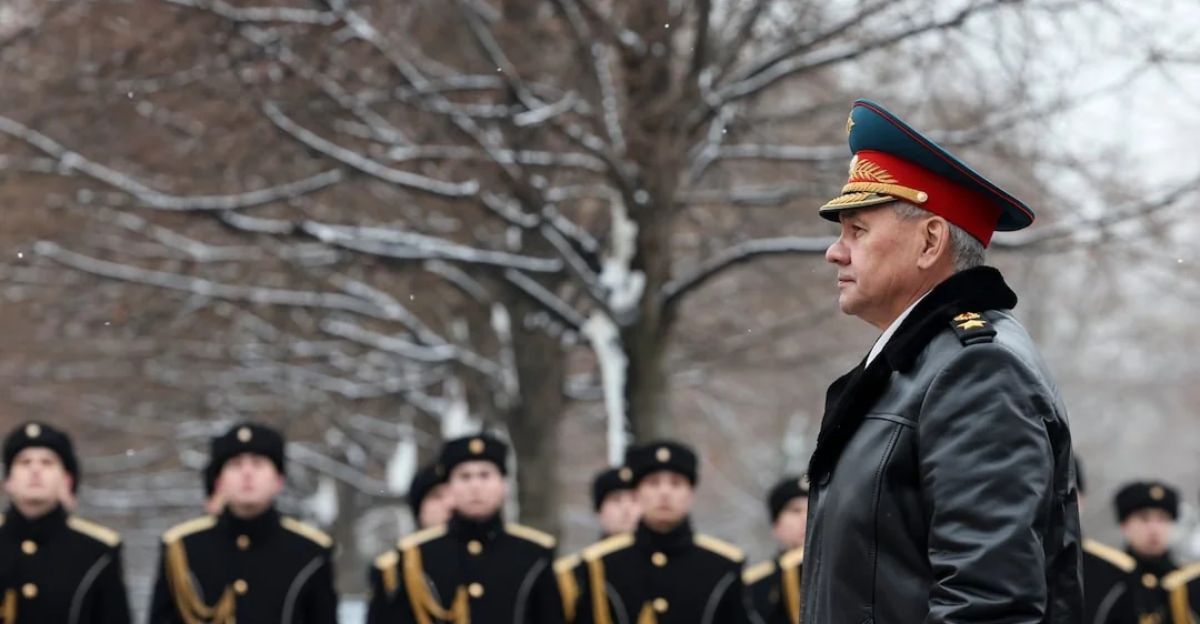
Flames and smoke billowed over Ukraine’s Kherson region as Ukrainian artillery destroyed a rare Russian air defense system, the Tor-M2DT. Footage released from the battlefield captured Russian troops scrambling to save the $25 million vehicle, engineered for Arctic warfare, but their efforts failed as the system burned uncontrollably. This marked the first confirmed destruction of the Tor-M2DT in combat, exposing vulnerabilities in what was once considered an untouchable piece of military technology.
Precision Strike Changes Battlefield Dynamics

Ukrainian forces achieved this milestone using the US-supplied M982 Excalibur shell, a GPS-guided munition renowned for its accuracy at long ranges. The shell struck the Tor-M2DT directly, demonstrating that even specialized Arctic weapons are not immune to modern Western artillery. This event signals a shift in battlefield dynamics, where precision-guided munitions increasingly outperform traditional massed artillery. Targets once thought secure can now be neutralized with minimal collateral damage, setting a precedent for the effectiveness of guided weapons in high-stakes warfare.
Origins and Role of the Tor-M2DT

The Tor-M2DT is a specialized variant of Russia’s Tor air defense family, introduced in 2017 and mounted on the DT-30PM “Vityaz” chassis. Designed for deep snow, frozen rivers, and extreme Arctic conditions, it protects critical installations from aerial threats while maintaining off-road mobility. Its rarity and specialization make it a crucial asset for Russia’s Arctic defense network, securing remote bases and strategic supply routes. Until February 2023, the Tor-M2DT had never been destroyed by modern Western precision-guided munitions, maintaining an unblemished operational record in terms of survivability.
Operational Risks and Tactical Fallout

As the Ukraine conflict intensified, Russia deployed Arctic-adapted systems like the Tor-M2DT to defend key positions outside their intended environment. Precision-guided artillery and drone surveillance from Ukraine have exposed vulnerabilities in these advanced platforms, revealing gaps in Russia’s defensive planning. The destruction of the Tor-M2DT near Chelburda in Kherson, confirmed by video evidence, marked the first-ever verified battlefield loss of this system. The event weakened Russia’s layered air defenses in a strategically vital area, reducing their ability to counter drones and precision artillery. It underscores the tactical consequences of deploying highly specialized equipment in environments for which it was not designed.
Economic and Strategic Implications
The strike produced a dramatic cost-exchange ratio: a single Excalibur shell, costing less than $100,000, destroyed a $25 million vehicle. This highlights the economic efficiency of precision-guided munitions and reflects a broader trend in modern warfare, where affordable, accurate weapons can neutralize expensive, highly specialized systems. The loss represents a significant fraction—roughly 7–10%—of Russia’s limited fleet of Arctic-adapted air defense systems, amplifying the operational impact. The incident may prompt Moscow to reconsider how and where these rare assets are deployed, emphasizing the risks of using high-value equipment outside their designed theater.
Human and Psychological Impact
Ukrainian drones tracked the Tor-M2DT, providing real-time targeting data for artillery units. Released footage shows Russian troops rushing to extinguish the fire, only to retreat as the vehicle burned completely. The failed rescue attempts reveal the psychological toll of losing high-value equipment in view of both sides. Morale and confidence are tested when even rare, expensive assets cannot be defended effectively. The scene may fuel internal criticism and highlight gaps in current air defense tactics, underlining the challenges Russia faces in a theater dominated by precise, Western-guided strikes.
Looking Ahead: Redefining Warfare

The destruction of the Tor-M2DT exemplifies a new era of conflict where intelligence, precision, and coordination outweigh sheer technological might. Rare and specialized systems are no longer automatically safe; modern precision strikes have redefined the calculus of risk for advanced military platforms. Russia faces a strategic dilemma: redeploy Arctic systems cautiously or invest in technological upgrades to improve survivability. Both sides must anticipate the evolving threat environment shaped by precision munitions. Future engagements will likely redefine the role of high-value assets on the battlefield, as military planners analyze lessons learned and adapt strategies to exploit vulnerabilities with precision tools. The incident stands as a turning point in modern artillery and air defense strategy, with implications for procurement, doctrine, and battlefield tactics in conflicts to come.